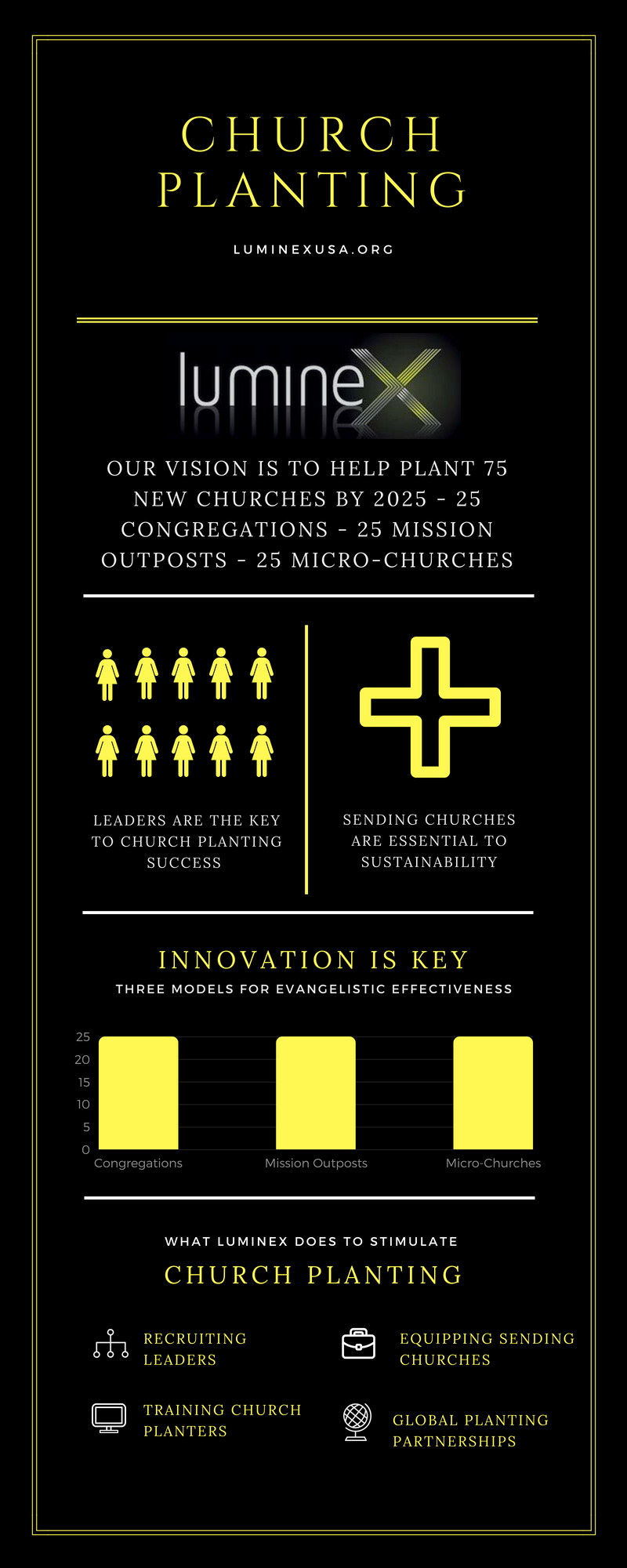The Evolution Of Church Songs - From Gregorian Incantations To Contemporary Praise

Developed By-Buck Vang
The history of church songs is securely attached to the history of religion. Till the high Middle Ages, the only form of songs that was considered spiritual was monophonic incantation.
Unison chanting was the primary practice till artists began to experiment with polyphony-- music in which more than one component is sung at the same time. This advancement was not without debate.
Gregorian Chants
Gregorian chants are the structure of Christian liturgical songs. Usually, the same tune is repeated for different texts throughout a solution as well as can be made use of to illustrate the text's mystical as well as spiritual message. Several Gregorian tunes are similar to Hebrew synagogue melodies. A couple of Gregorian melodies have actually come to be preferred nonreligious tunes, including the Renaissance track "Nun bitten wir den heiligen Geist."
Gregorian incantations are monophonic, and they do not make use of consistency, yet they do use drones, a musical technique wherein one note is held for a prolonged time period. They additionally do not have accurate rhythms, yet they do feature a ternary form and commonly consist of an incipit (beginning) as well as cadences (ending). Gregorian incantations were created at the time of the Frankish kings' effort to unify their kingdom under a single Roman celebration and chant. One of the most well-known Gregorian chants are the Responsorial psalms as well as the Antiphons. These are accompanied by cost-free melodies called tropes that illustrate the text's significance.
Hymns
The lyrics of a hymn need to be poetic, with a clear, sensible progression leading to a solid, crucial climax. They will not wander right into nonessential throughts for the sake of a rhyme or rhythm. The tunes of a hymn ought to know, so that they can be quickly found out and also sung.
A traditional hymn has a strophic type, with several brief verses sung to the same tune. This enables congregational singing and also helps to present the narrative arc of the song. Traditional hymns have a refrain, although there are some without one.
In the 16th century, Renaissance polyphony eclipsed Gregorian shout for a while, McDonnell states. But with liturgical reforms taking place in the 20th century, Gregorian chant was restored, Black includes.
Scripture Tunes
Gregorian chant as well as other Western church music are rooted in ancient times when people spontaneously got into song to reveal their emotions. This method can be seen in scriptural accounts of events such as the song of party led by Miriam following a magnificent wonder when she parted the Red Sea, and the spontaneous ode pneumatikos sung by Mary after conceiving with Jesus.
Throughout the Second Great Awakening in the 1800s, Protestant denominations started to grow rapidly and many of them made use of music to communicate their faith. Charles Wesley and also Isaac Watts wrote hymns that were preferred, and also African American servants developed a design of songs called spirituals.
visit the following internet site incorporated facets of folk and also blues music, but they also preserved a deep spiritual pathos. When they combined with black church songs that developed from the Righteousness activity, which highlighted personal commitment, scripture songs were birthed. They tended to have a refrain and also were usually at a faster rate than hymns.
Contemporary Prayer
When it pertains to contemporary worship, every church does things a little bit in different ways. While numerous churches use a range of designs, many are rooted in modern-day sorts of popular music with a solid influence from pop culture.
These styles are often based on instruments like acoustic guitars and basic choruses. They are developed to democratize congregational vocal singing so even more people can participate. The style has actually evolved from the folk guitars of the 1970s to more acoustic string and also woodwind instrumentation.
However while the pounding kick-drums of the most recent Mumford and also Sons song might seem a lot more in tune with contemporary culture, there are other styles that can be much more theologically concentrated and musically sophisticated. As an example, hymns with a distinctly doctrinal lyrical focus blending traditional rhythms as well as tools have begun to arise in the last few years. The trend is motivating and one that might eventually bring Gregorian incantations back into the mainstream of contemporary worship. The vital thing is not to develop a duality between style and also material.

